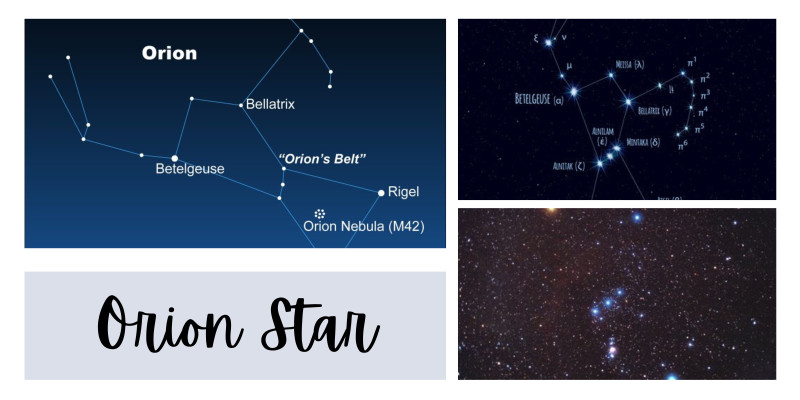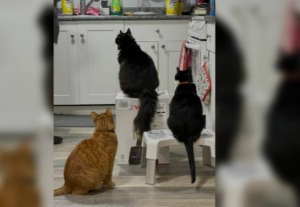Orion Constellation: A Star Map to the Mysteries of the Universe

The James Webb Space Telescope has made a spectacular discovery, capturing photographs of previously unseen pairs of planet-like objects nested within the Orion Nebula. Consequently, this unexpected discovery in the midst of the Orion constellation is changing the way in which astronomers perceive the structure of the sky.A star in the constellation Orion known as the Orion Nebula or Orion star appears as a brilliant cloud of gas and dust in the sky. Researchers and people alike have a never-ending curiosity about the cosmos. As the “sword” of Orion, it is clearly visible from Earth, although being 1,300 light-years away.
In this area of space, scientists have studied a variety of calestial objects, such as brown dwarfs, star-forming disks, and objects whose masses are in between those of stars and planets. However, the near-infrared camera on the James Webb Telescope, known as NIRCam, has now supplied a new perspective, showing a flood of unexpected findings and previously unknown information.
At first, this finding was mostly about the Trapezium Cluster, which is a young star-forming area full of stars that are only millions of years old. Samuel G. Pearson and Mark J. McCaughrean, two scientists, made an amazing discovery while looking at a short-wavelength picture of the Orion Star i.e Orion Nebula.
Furthermore, the astronomers found pairs of planet-like entities, apart from brown dwarfs and stars, which are entities too small to undergo nuclear fusion at their nuclei and thus fail to transform into stars. These mysterious celestial entities had masses that varied between 0.6 and 13 times that of Jupiter, thereby posing a challenge to established astronomical predictions. They were dubbed JuMBOs, or “Jupiter Mass Binary Objects,” without delay.
Pearson, a European Space Agency research fellow, remarked, “Although some of them are more massive than Jupiter, they will be roughly the same size and only slightly larger.”– Wion reported this.
The researchers’ discovery went beyond singular pairings, as they came across around 40 JuMBO pairs and two triple systems, all of which occupied broad orbits.
In an interview with Wion, Mark J. McCaughrean, the European Space Agency’s senior adviser for science and research, talked about how old these newfound celestial residents are. “We are halfway through the life of the sun, so these objects in Orion are 3-day-old babies.” They are still incredibly brilliant and warm since they were created with energy that still causes them to glow. This is how we initially see them.
The discovery of these JuMBOs calls into doubt prevailing ideas of star and planet formation, raising concerns about our fundamental knowledge of these celestial processes. Pearson said, “Scientists have been working on theories and models of star and planet formation for decades, but none of them have ever predicted that we would find pairs of super low-mass objects floating alone in space — and we’re seeing lots of them.”–As reported by Wion.
Also read: https://blogsyear.com/biocentrism-debunked-2/
This discovery highlights how the cosmos continues to astonish and puzzle us, challenging our understanding and forcing researchers to reevaluate and refine their theories of the cosmos. Already a stunning cosmic sight, the Orion Nebula keeps illuminating the cosmos’ mysteries for us.








